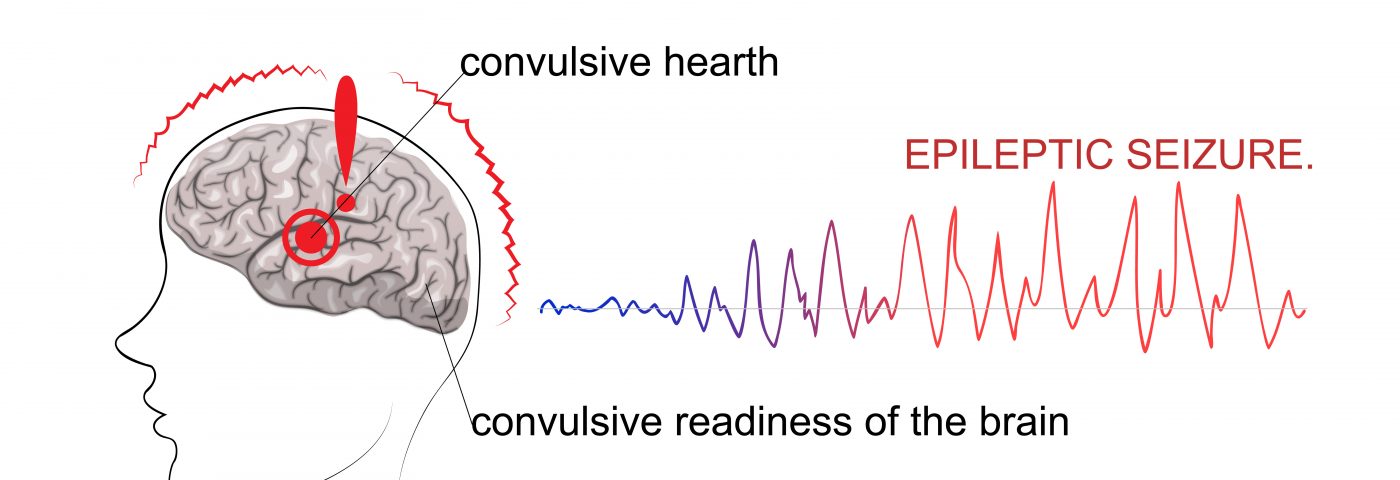Researchers at Yale University School of Medicine and Wesleyan University investigated the occurrence of epileptic seizures in rat model induced focal cortical dysplasia (FCD) and identified key mechanisms in seizure activity and control.
The study, “Convulsive seizures from experimental focal cortical dysplasia occur independently of cell misplacement,” was published in Nature Communications.
Epilepsy is a brain condition characterized by long-term recurring seizures, which could be present in several ways depending on the involved brain region.
In the study, malformations of cortical development (MCDs) were linked to epilepsy in 80–90% of cases. FCD, referred to as local MCD, is the primary cause of pharmacological-resistant epilepsy associated with life-long neurocognitive impairments.
But the mechanism involved in seizure recurrence in those cases are still not fully understood.
In this study, the researchers developed a model of FCD with spontaneous and recurrent convulsive seizures to produce a type II FCDs. The model was then utilized to evaluate the efficiency of the therapeutic immunosuppressant agent, rapamycin, in preventing seizure generation.
They found that cortical dyslamination and white matter heterotopia, involved in modulating and coordinating communication between different brain regions, is not a prerequisite in inducing seizures in the rat model of type II FCDs. The experimentally induced FCDs were linked to a generalized seizure that affects the entire brain; tonic-clonic seizures that come with normal survival rates.
Other data suggested that inhibiting malformations related-FCD, by administration of rapamycin-based therapies from birth, suppresses seizures. However, seizures recur when the rapamycin treatment was stopped. The use of inducible vectors to bypass the abnormal tissue (neuronal misplacement and heterotopia) was found inefficient in preventing seizures from reoccurring.
According to the study: “Collectively, data obtained using our new experimental FCD-associated epilepsy suggest that life-long treatment to reduce neuronal dysmorphogenesis is required to suppress seizures in individuals with FCD.”
The study further indicates that additional experimental studies will occur to address basic questions about the mechanisms of epileptogenesis and epileptic activity in FCDs, and to help identify and differentiate causal alterations from epiphenomenon associated with seizures.
In addition, considering no decrease in animal survival in the new model, “the study provides a powerful new approach to examining the outcome of seizure activity on cognitive and psychiatric behaviors and for longitudinal analyses of the effects of drug treatments on anatomy and behavior.”


